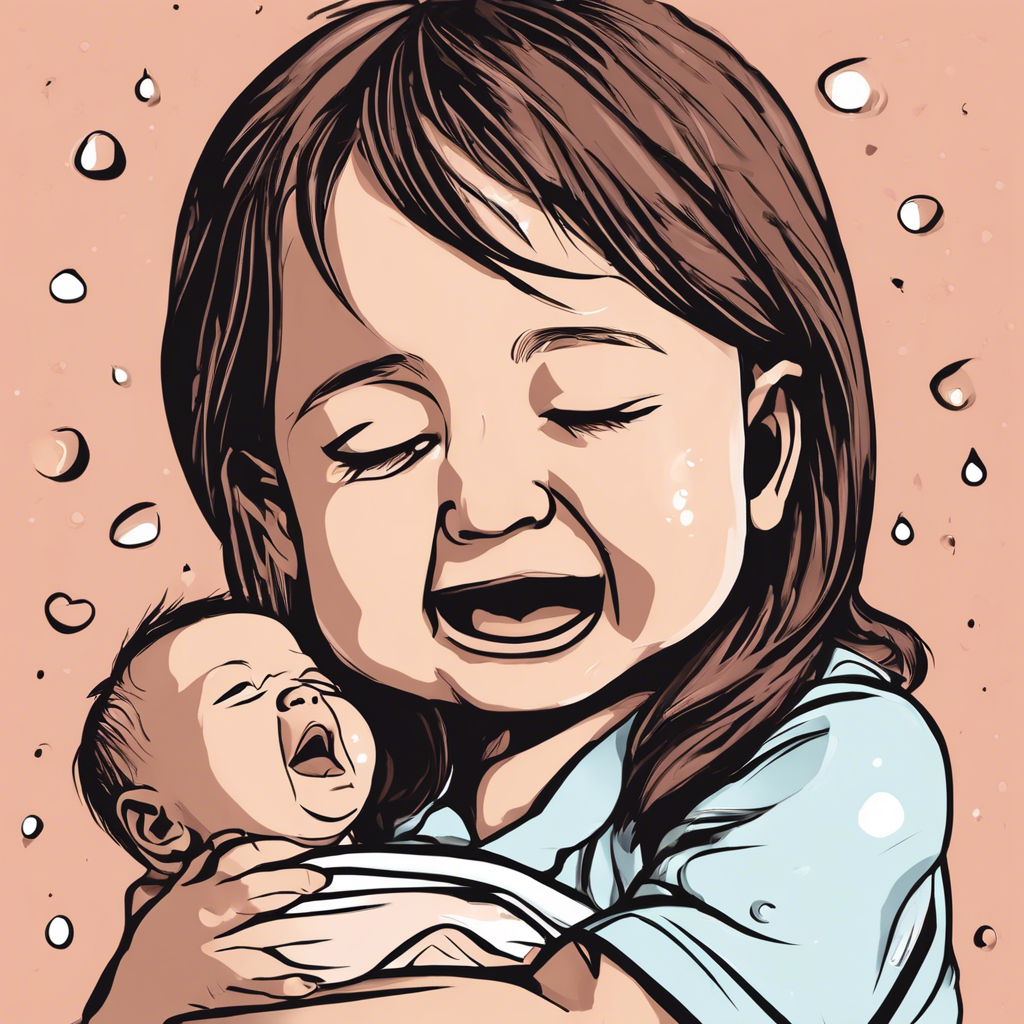A crying baby can be distressing for both the infant and the caregiver. Understanding why a baby is crying and knowing how to respond effectively can make a significant difference in calming them down. Babies cry for many reasons, including hunger, discomfort, fatigue, or the need for comfort. By using proven techniques, parents and caregivers can soothe a crying baby and create a sense of security. While each baby is unique, these seven methods have been tested and recommended by pediatricians and experienced parents alike.
Swaddling is a time-tested technique that can provide immediate comfort to a crying baby. Wrapping the baby snugly in a soft blanket mimics the feeling of the womb, giving them a sense of security. Swaddling helps reduce the startle reflex, which can cause babies to wake up suddenly and cry. To swaddle properly, use a lightweight blanket and ensure the baby’s hips have enough room to move freely. Over-swaddling or wrapping too tightly can lead to overheating or hip development issues, so it’s important to follow safe swaddling guidelines.
White noise is another effective way to calm a fussy baby. The rhythmic, soothing sound of white noise mimics the constant hum they heard in the womb, helping them feel safe and relaxed. White noise machines, apps, or even household appliances like fans or vacuum cleaners can create a calming environment. Some babies prefer shushing sounds, which can be made gently by the caregiver. This method is particularly helpful during naps and nighttime sleep, as it blocks out sudden noises that could startle the baby awake.
Gentle rocking or motion can work wonders in calming a crying baby. Many infants find comfort in movement because it reminds them of being inside their mother’s womb. Rocking chairs, baby swings, and even slow walking while holding the baby can help soothe them. The key is to use a rhythmic and gentle motion rather than abrupt or vigorous movement. Some parents find success in using baby carriers, which allow them to keep the baby close while continuing with their daily activities. The warmth and heartbeat of a caregiver can provide an extra layer of comfort.
Sucking is a natural reflex that has a calming effect on babies. Offering a pacifier, bottle, or even allowing the baby to suck on a clean finger can help ease their distress. Many pediatricians recommend using pacifiers, especially for babies who have a strong sucking instinct. However, if the baby is hungry, it’s important to ensure they are fed first before offering a pacifier. For breastfed babies, introducing a pacifier too early might interfere with feeding patterns, so caregivers should consider the baby’s individual needs.
Skin-to-skin contact is a powerful way to soothe a crying baby. Holding the baby against bare skin, such as on the caregiver’s chest, provides warmth, security, and a steady heartbeat that can be incredibly reassuring. This method is particularly effective for newborns and premature babies, as it regulates body temperature, improves bonding, and promotes emotional well-being. Many hospitals encourage skin-to-skin contact immediately after birth, but it remains beneficial in the weeks and months that follow.
A warm bath can be a great way to calm a fussy baby, especially if they enjoy water. The sensation of warm water can be soothing and help relax tense muscles. Adding a few drops of lavender-scented baby wash may enhance relaxation, as lavender is known for its calming properties. However, not all babies find baths relaxing, so it’s important to observe their reaction. If a bath seems to make them more upset, trying other soothing methods may be more effective.
Sometimes, a baby simply needs a change of environment. Taking them outside for a short walk, stepping into a different room, or changing the lighting can shift their focus and help them calm down. The fresh air, natural sounds, and movement can provide a welcome distraction. Even something as simple as holding the baby near a window to watch the trees move or listen to birds can make a difference.
While these techniques are highly effective, it’s crucial to pay attention to signs that a baby’s crying might indicate a medical issue. If a baby cries excessively and nothing seems to help, it could be due to colic, reflux, food sensitivities, or an underlying health condition. Persistent crying accompanied by fever, vomiting, or unusual lethargy should be evaluated by a pediatrician.
Every baby is different, and what works for one may not work for another. Parents and caregivers should remain patient and try different methods to see what brings the most comfort. Over time, they will develop a better understanding of their baby’s needs and cues, making it easier to respond effectively. The most important thing is to provide love, security, and consistency, which help babies feel safe and supported.

